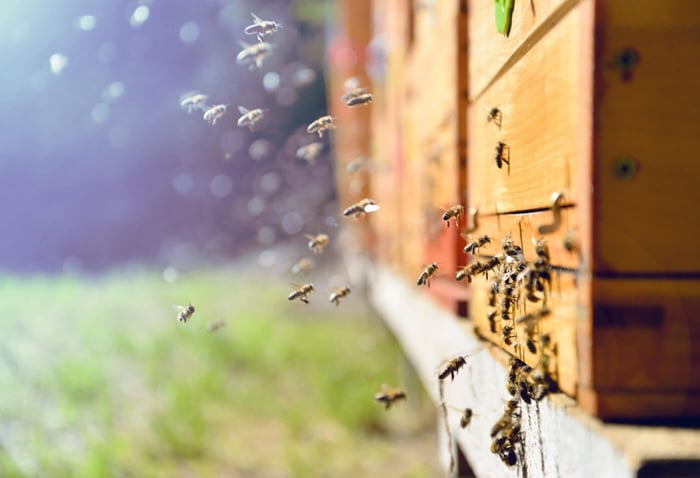In Greek mythology, they were called the Moirae. In Pagan legends, they found their way into the archetype of the Triple Goddess. They are mothers to Fairies in modern folklore. And when Christianity arrived and attempted to bury the stories and banish their name, the Three Sisters of Fate persisted.
Now, if you’re wondering how that’s possible, you’re not alone. But, it’s actually quite simple—nobody can escape from destiny.
The Moirae sisters are eternal. Goddesses, yes. But together, they are more powerful than Zeus himself. So, even if we do not see them, they are ever-present, quietly weaving our fate and tallying up our Karma.
Who are the Fates?
Clotho, the youngest of the three sisters, is the creatress. She sits on her pedestal, twisting, pulling, and spinning the threads of life. Her job begins the very moment a child is born.
While she is spinning, she consults with her older sister, Lachesis. Lachesis is the middle of the three, responsible for deciding the details of our destiny. As you can imagine, the possibilities are endless when it comes to the length and quality of someone’s life. Daunting as it may be, Lachesis is the master of her craft.
After the thread is spun and measured, it’s up to Atropos to make the final cut. As the eldest of the Moirae, it is she who decides how we will conclude this life before moving onto the next. She doesn’t choose the age of our demise (that’s the job of her sister, Lachesis), but instead focuses on the how and why.
How will we die? Why now, instead of later? What will we do with our unfinished business?
Together, Clotho, Lachesis, and Atropos weave our story. It is these threads that tie us to the realm of the living. And instead of unraveling with age, the strings become more entangled and knotted as we inch closer to death—eternally linking us to our past lives.
The Power of Three
The goddesses of fate are a package deal, but that doesn’t mean that the sisters aren’t unique. Each sibling has an identity that ties them to one of the three phases of life—birth, expansion, or death. United, they embody the archetype of the Triple Goddess.
As the youngest, Clotho personifies the waxing phase of the moon. She is the Maiden, young, creative, and full of promise. With minimal effort, she works her spindle to turn raw materials into the finest threads. Anything is possible within the nimble mind and body of Clotho the Maiden.
And Lachesis? She is the Mother, as represented by the bold and influential full moon. She relies on a magic rod to measure and test the thread. It is up to her to make sure it’s strong enough to withstand a lifetime.
But in the end, it’s Atropos, the wise Crone, who is left to deal with the finality of life. Like the waning moon, she is skilled in destruction—or, better yet, transformation. With her shears, she releases our soul from the realm of the living.
So how can we appease the Fates?
Unlike other deities, the Moirae answer to no one. Neither god nor mortal can sway the sisters from their duties. Even Zeus, the ruler of gods (and rumored father of the Sisters of Fate) is intimidated by their power. Like everyone else, he does his best to please the weavers and stay on their good side.
Although the Fates are rarely influenced, new parents will often set up an altar for the Moirae after the birth of a child. According to legend, on the third day following a baby’s arrival, the Fates will appear at the newborn’s bedside to weave their destiny. The Fates come whether we receive them or not, so it’s best to make the sisters feel welcome. Leave your door unlocked, light a candle, bake them some sweets, and offer freshly brewed tea with honey. And if we truly want to appeal to goddesses of destiny, we can write a letter to the sisters expressing our sincerest gratitude for their efforts.









